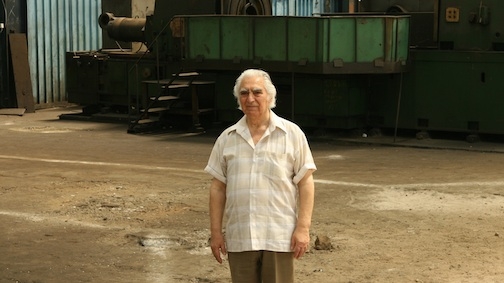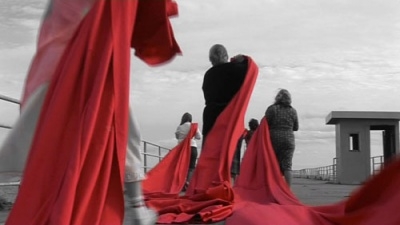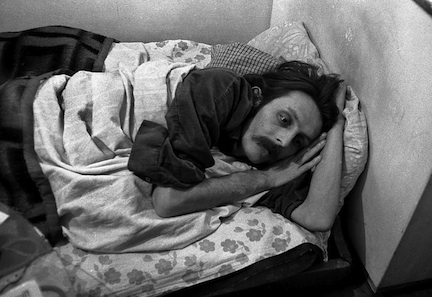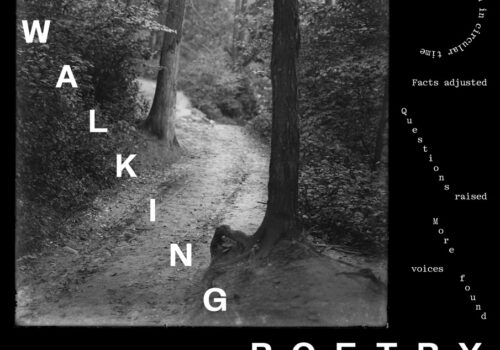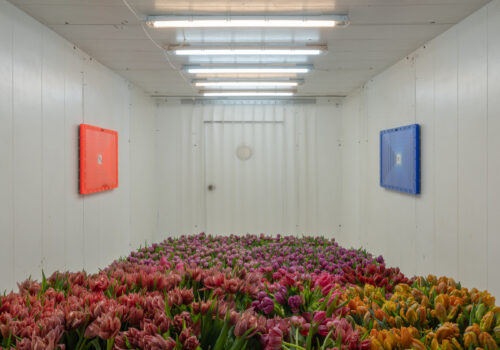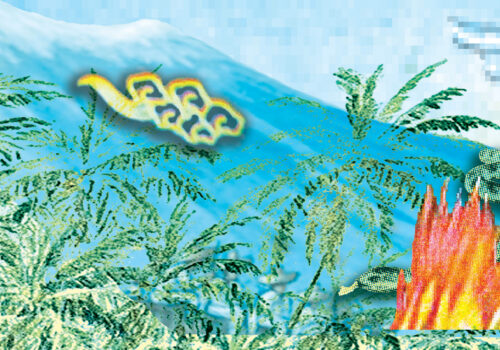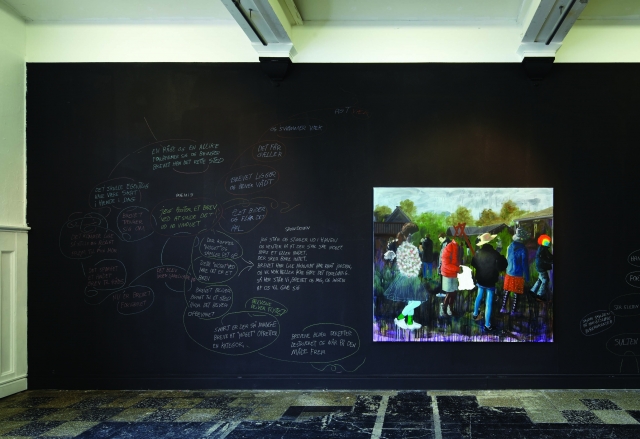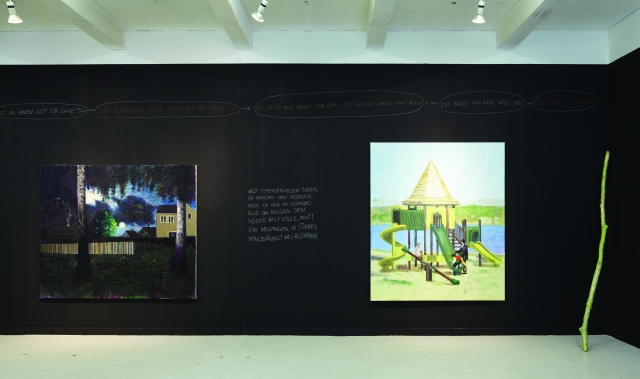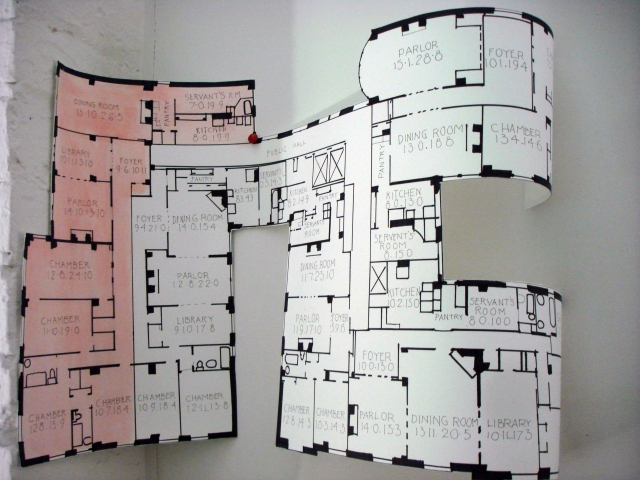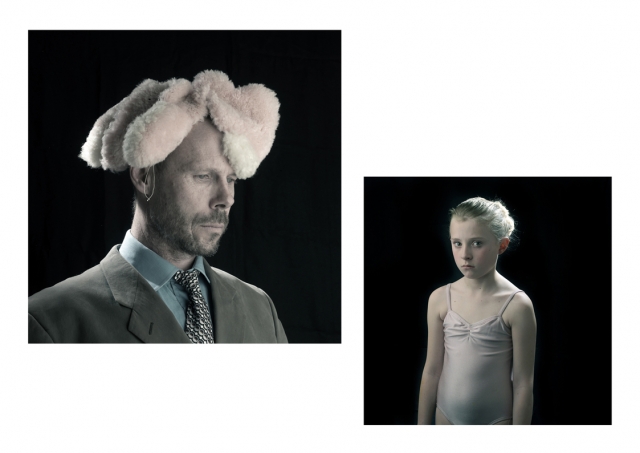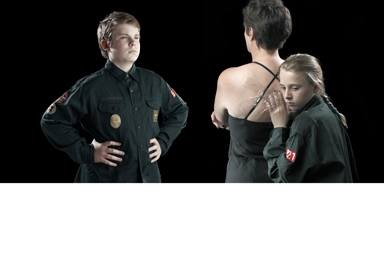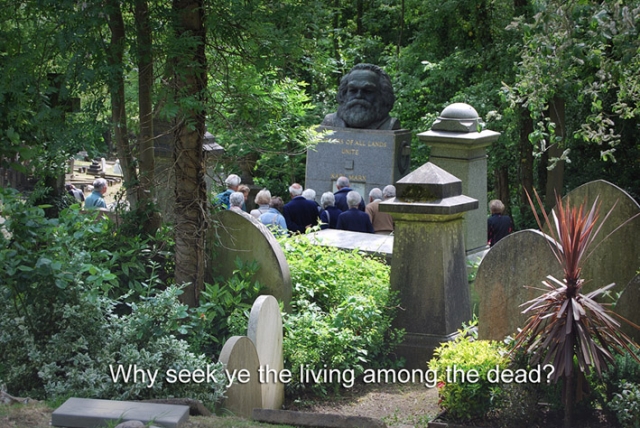ExhibitionNovember 5, 2010–February 4, 2011
Factory Makers
Opening alongside Open Studios, Factory Makers curated by Kari Conte initiates a four-part exhibition that takes ISCP’s site of production – a historic printing factory – as the starting point to reflect on the changing nature and idea of work in society and how we define labor today. Participating artists include Matei Bejenaru, Factory of Found Clothes, Cao Fei, Chen Chieh-jen, Jean-Marc Superville Sovak, Stephanie Syjuco, and Mladen Stilinović. This exhibition presents seven international artists who address the impact of the world’s rapidly changing economies on new social and cultural realities. Through various approaches, the included works consider the effect of globalization, new modes of ‘outsourced’ production and the blurring boundaries of material and immaterial labor. A 1978 work by Mladen Stilinović begins the exhibition and asserts non-productivity as critical to the creation of art.
Cao Fei’s video stills My Future is Not a Dream are part of a project in which the artist spent six months at a lighting factory in the Pearl River Delta, a region that has been an epicenter for China’s rapid economic growth. During this time, Fei set up workshops with the factory workers and asked them about their dreams. According to her, “most of the workers left their hometowns in pursuit of their ideal and dream in the Pearl River Delta area.” In the piece she focuses “on the innermost feelings of every individual in this globalized production chain, this giant and complex system of business, placing them at the center of attention, so as to let them rediscover their personal value which is often neglected during the process of creating huge business value.” The photographs show a worker holding an electric guitar and a group of the workers who formed a band as a result of the project.
Matei Bejenaru’s video Battling Inertia tells the story around the history of the ‘Fight Against Inertia’ poetry club which has been active since 1973 at C.U.G. – Industrial Platform for Steel Processing in Iasi, Romania. It is filmed at the club’s former and current site: the industrial platform in Iasi. Bejenaru attempts to memorialize an idealist way of living, where the workers from a communist factory bound poetics to everyday life. The video shows a melting point between the individual and the industrial machine while reflecting on the conditions of material and immaterial work.
Kazimir Malevich insisted that “There is no art without laziness”. Mladen Stilinović, following this statement, documented himself ‘lazily’ sleeping in 1978. Stilinović has continuously worked outside of market-driven art production by often exhibiting work that is not finished and by asserting non-productivity as critical to the creation of art. In his work, the artist questions the role of the artist within a Western capitalist art system.
Stephanie Syjuco’s The Counterfeit Crochet Project (Critique of a Political Economy) is a global collaborative project that looks at contemporary manufacturing and distribution channels. Visitors are encouraged to act as participants in the project by making crochet counterfeit versions of luxury designer handbags. As both a real and virtual collaboration, the project, according to the artist “parallels the idea of ‘outsourcing’ labor, but also adds a democratic and perhaps anarchic level of creativity – within the basic framework, participants have taken liberties with their translations. Makers are encouraged to keep and wear their bags, in an attempt to insert strange variants into the stream of commerce and consumption”.
It Can’t Last is a new installation for Factory Workers, and is a monument to impermanence. Jean-Marc Superville Sovak is interested in the idea of building with ruinous material in anticipation of the inevitable. The irony of the inscription of the word ‘Empire’ on the crumbling bricks is symbolic of how the world is being redefined by dramatic shifts in industrial production, which has created new global economic capitals.
Chen Chieh-jen attempts to revive the forgotten histories created by a consumerist society. The video Factory refers to the movement of labor markets in search of cheaper production and the dislocation of the employees left behind. Chieh-jen invited workers in Taiwan to their former place of employment, a textile factory that had been closed for seven years. The return of the women to their former jobs in a now abandoned and decaying building is shown together with images of protest at the time of the closing of the factory as well as government produced footage of the 1960s – a time when Taiwan was a major manufacturing center.
Scarlet Sails by Factory of Found Clothes (Natalia Pershina-Yakimanskaya and Olga Egorova) begins with young girls sewing a sail that symbolizes their dreams. The girls engage in a fight with an older group of elderly women dressed in a typical Soviet-era style. The older women win the fight and take away the sail, which then turns red and is reminiscent of the red flag in Sergey Eisenstein’s revolutionary propaganda film from 1925 The Battleship Potemkin.
